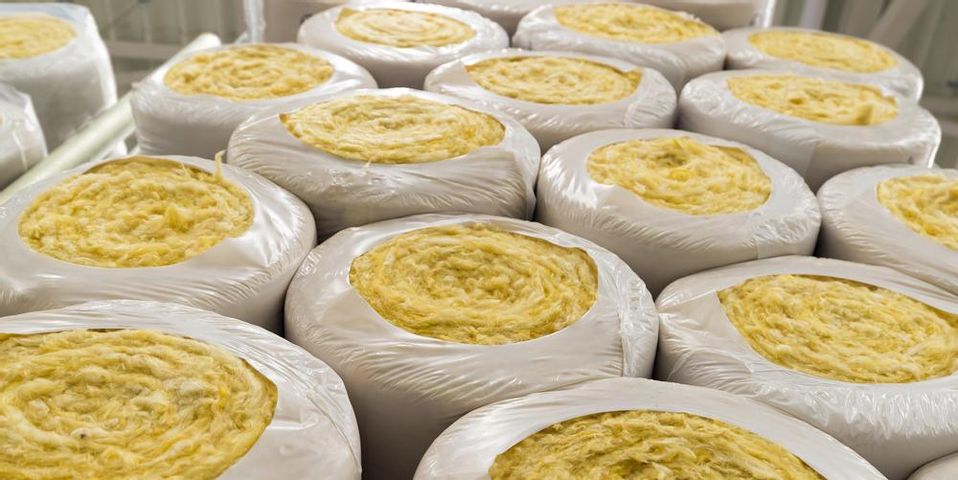
If you take a look around your home, there’s a high likelihood you’ll find a few items constructed from fiberglass. Often associated with wool insulation, this material is composed of numerous fibers all spun from glass. Over the years, more and more applications have come from this unique substance, leading to many different ideas of what it actually is. Below is a brief guide to clear up any misconceptions.
A Guide to the History & Use of Fiberglass
1. It Didn’t Take Off Right Away
The concept of fiberglass has been around since ancient Egypt when it was generated primarily for decorative purposes. However, it wasn’t until 1880 that the material’s insulation capabilities were patented. And it took another 50 years for manufacturers to experiment with different applications.
2. Its Production Method Was Discovered by Accident
Prior to the 1930s, fiberglass was fairly rough and inconsistent. It was at this time that a researcher accidentally released compressed air toward molten glass, causing it to quickly generate numerous tiny threads. This unintentionally discovered reaction served as the basis for the same fiberglass production methods used today.
3. Not All Products Looks the Same
 Apart from the commonly recognized insulation, fiberglass is adapted for many other applications. For example, these fibers are often pressed into a sheet and reinforced with a resin to create a moldable, rigid, plastic-like material. This class of product has been used in a variety of projects, such as the making of boats, surfboards, and water slides.
Apart from the commonly recognized insulation, fiberglass is adapted for many other applications. For example, these fibers are often pressed into a sheet and reinforced with a resin to create a moldable, rigid, plastic-like material. This class of product has been used in a variety of projects, such as the making of boats, surfboards, and water slides.
4. It’s Made From Recycled Matter
This product is a great example of how waste can be turned into something that is beneficial to everyday life. While fiberglass itself is not usually broken down and reused, most supplies of this material are manufactured from glass that has been recycled and melted down.
5. It’s Rich in Resistance
Often recognized as one of the most common forms of insulation, fiberglass is actually much more than a heat-resistant material. In addition to its high-efficiency rating, it is extremely flame-retardant when combined with resin. This resource is also prized for its ability to absorb sound and radio waves, its metal-like strength, and anti-corrosive properties.
When you need a more energy-efficient home in the face of Alaska’s notoriously cold weather, Fairbanks Paint & Glass offers top-notch fiberglass at incredibly competitive rates. Understanding the flexible nature of this material, this interior and exterior painting company can help you explore their inventory to find the best insulation for you. They even sell a variety of fiberglass supplies to help make the installation process as seamless as possible. Visit this home improvement company online to learn more about their products or call (907) 456-7758 to place an order.
About the Business
Have a question? Ask the experts!
Send your question

